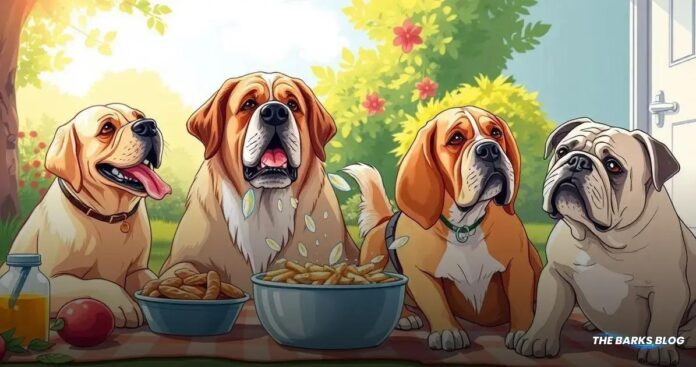Excessive drooling in dogs, known as hypersalivation, can signal health issues such as dental problems, nausea, or excitement. Certain breeds, like Saint Bernards and Mastiffs, are more prone to drooling. If your dog is drooling excessively, it’s crucial to consult a veterinarian and consider home remedies like dental care and smaller meals to ensure their health and comfort.
Drooling is a common behavior among dogs, but understanding the reasons behind it can help you manage it better. Some dogs drool more than others, and this can be due to various factors including breed, excitement, or health issues.
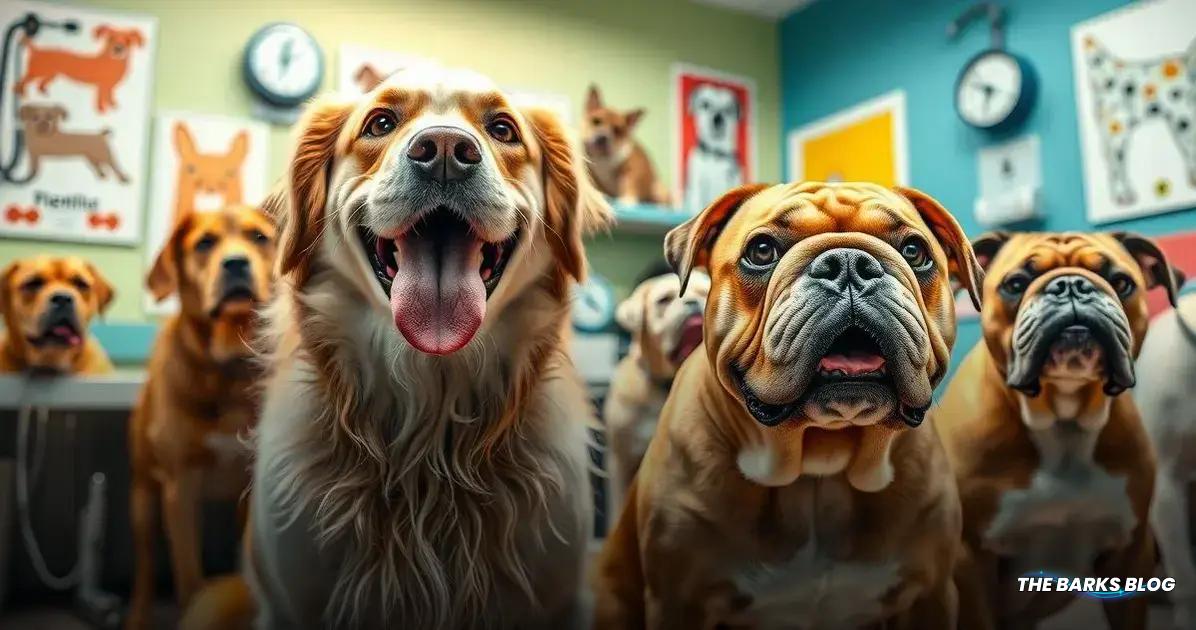
Understanding Dog Drool and Saliva
Understanding dog drool and saliva is essential for any dog owner. Saliva is primarily composed of 98% water, making it crucial for your pet’s overall health and well-being. The remaining 2% consists of enzymes, electrolytes, mucous, and antibacterial compounds. One important enzyme found in saliva is amylase, which plays a vital role in the digestive process.
Amylase helps break down food, facilitating easier digestion. Additionally, saliva keeps the mouth moist, softens food, and aids in comfortable swallowing. It also serves a protective function for your dog’s teeth by helping to maintain tooth enamel and reducing the likelihood of gum disease by removing food particles.
While some drooling is perfectly normal and can be triggered by various situations—such as the anticipation of food, excitement, or enticing smells—excessive drooling can signal a problem. Recognizing the difference between normal saliva production and excessive drooling is key to ensuring your dog’s health.
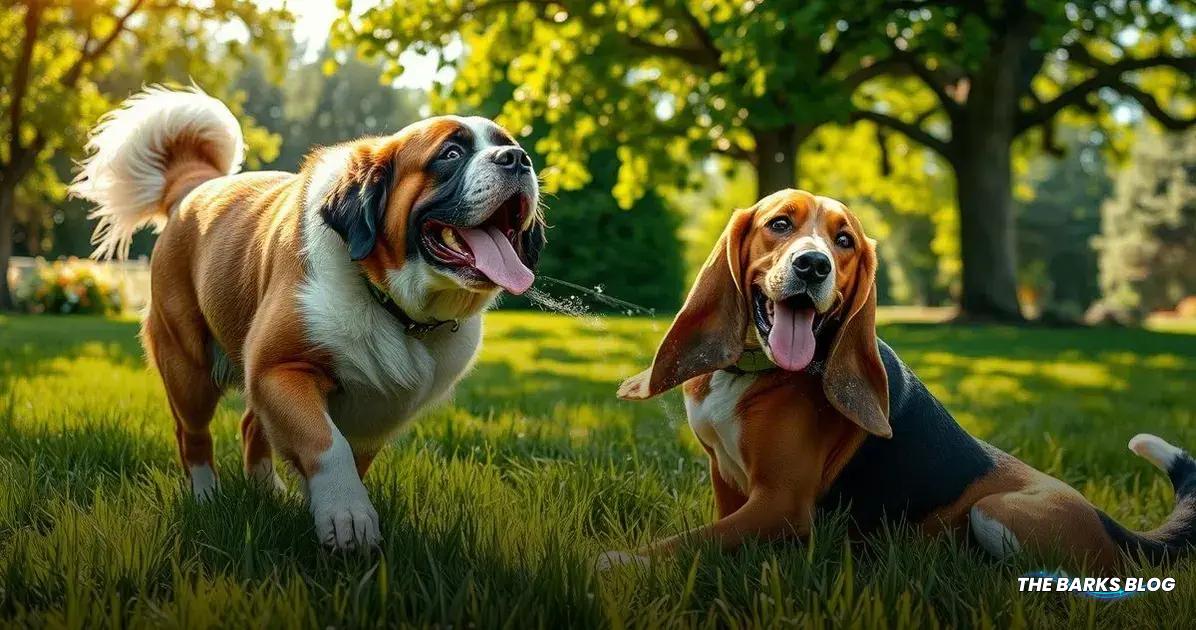
Dog Breeds That Drool A Lot
Some dog breeds are notorious for their drooling tendencies, often due to their anatomical features that make it difficult to contain saliva. Here are some of the top breeds known for their excessive drooling:
1. Saint Bernard
Saint Bernards are gentle giants, famous for their drooling. Their large jowls and loose lips contribute to a constant flow of saliva, especially after eating or drinking. If you’ve seen the movie “Beethoven,” you know just how drooly they can be!
2. Mastiff
Mastiffs, including English Mastiffs and Neapolitan Mastiffs, are heavy droolers. Their loose skin around the mouth and heavy lips can trap saliva, leading to dribbles that spill out when they shake their heads.
3. Bloodhound
Known for their incredible sense of smell, Bloodhounds also produce a significant amount of drool. Their long, droopy ears and loose skin around the mouth help them track scents but also contribute to their slobbery nature.
4. Newfoundland
Newfoundlands are large dogs with sweet dispositions, and they are prone to drooling. Their big heads and loose lips mean they often leave a trail of drool, especially when excited or after drinking water.
5. Bulldog
Bulldogs, including English Bulldogs and French Bulldogs, are known for their adorable wrinkled faces and tendency to drool. Their short snouts and loose skin around the mouth make it hard for them to keep saliva contained, leading to frequent dribbles.
6. Boxer
Boxers are energetic and playful dogs, and their enthusiasm often results in drooling. Their broad, short heads and undershot jaws contribute to their slobbery antics, especially after exercise or when they are hot.
7. Great Dane
Great Danes, one of the largest dog breeds, are also known for their drooling. Their massive size and loose lips mean they produce a lot of saliva, especially after meals or drinking, creating a need for regular clean-up!
Understanding the drooling habits of these breeds can help prospective owners prepare for the unique challenges and joys of having a slobbery companion.
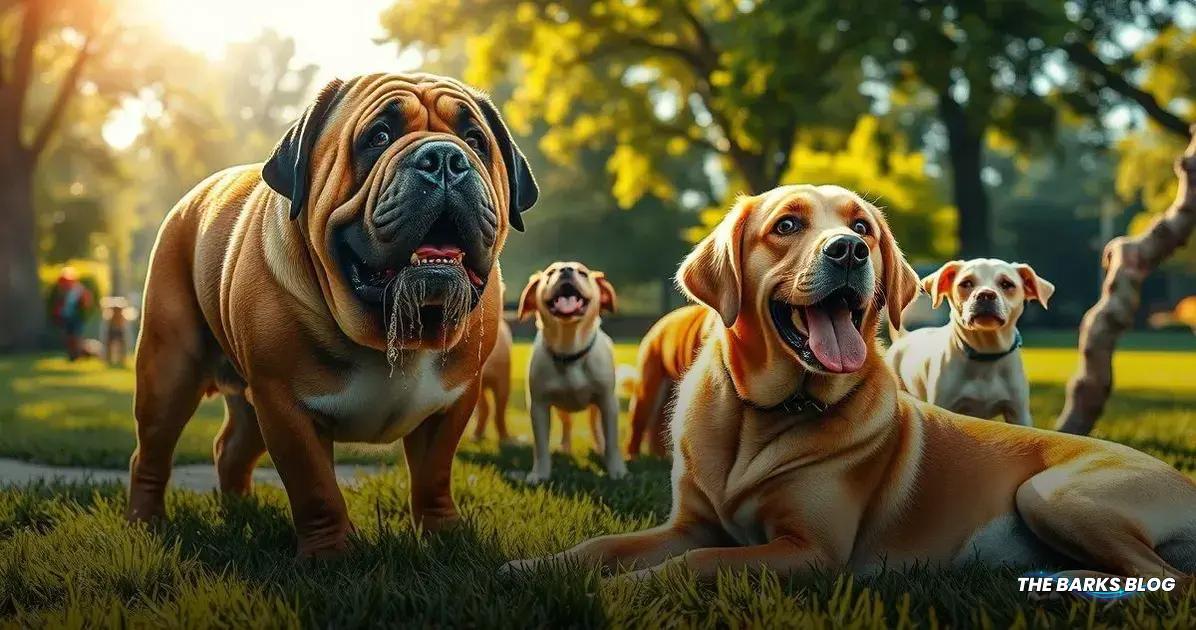
Common Causes of Excessive Drooling
Excessive drooling, or hypersalivation, can be concerning for dog owners. While some drooling is normal, noticeable increases in saliva production can indicate various underlying issues. Here are some common causes of excessive drooling in dogs:
1. Excitement or Anxiousness
Many dogs begin to salivate when they are excited or anxious. Situations like trips to the vet or separation anxiety can trigger hypersalivation, leading to drooling.
2. Food Response
Just like humans, dogs may start to drool when they smell something delicious. The anticipation of food can stimulate salivary glands, resulting in increased drooling.
3. Nausea
If your dog is feeling nauseous, whether from motion sickness or gastrointestinal issues, it may lead to excessive drooling. Conditions such as car sickness or other stomach problems can cause the salivary glands to overact.
4. An Injury
Injuries to the mouth, such as cuts or ulcers, can result in increased saliva production. If your dog has hurt its mouth, it may drool more than usual as a response to the discomfort.
5. Growths
Oral tumors, warts, or other growths in the mouth can lead to hypersalivation. These growths may irritate the mouth, causing your dog to produce more saliva.
6. Heatstroke
Dogs suffering from heatstroke often drool excessively and pant heavily. High temperatures and vigorous activity can lead to overheating, prompting the body to produce more saliva as a cooling mechanism.
7. Breed Predisposition
Some breeds are naturally predisposed to drooling due to their physical characteristics. Breeds with loose lips and saggy skin are often more prone to excessive drooling.
8. Caustic Agents
If your dog has licked or ingested something acidic or caustic, it can irritate the mouth lining and lead to increased drooling.
9. Dental Issues
Poor oral health, such as tartar buildup, gum disease, or infections, can cause discomfort and trigger excessive salivation in dogs.
10. A Foreign Body
If a dog has something stuck in its mouth, like a stick or plant material, it can lead to drooling. Regularly checking your dog’s mouth can help prevent this issue.
11. Respiratory Infections
Upper respiratory infections can cause difficulty swallowing, which may lead to drooling as the dog struggles to manage saliva.
12. Nasal Congestion
Blockages or infections in the nasal passages can result in drooling, as the dog may breathe through its mouth more frequently.
13. Gastrointestinal Issues
Conditions like acid reflux can cause fluid to back up into the esophagus, leading to hypersalivation.
14. Neurological Disorders
Certain neurological conditions that affect the nerves controlling the salivary glands or tongue can lead to excessive drooling.
15. Allergic Reactions
Allergic reactions can cause inflammation in the mouth, leading to increased saliva production.
16. Medications
Some medications may have side effects that include increased drooling, often due to a bitter taste.
17. Infectious Diseases
Diseases such as rabies or distemper can cause excessive drooling as part of their symptoms.
18. Toxins
Exposure to toxic substances, including certain plants, chemicals, or human foods, can lead to excessive drooling in dogs.
If you notice excessive drooling in your dog, it’s important to consult a veterinarian to determine the underlying cause and appropriate treatment.
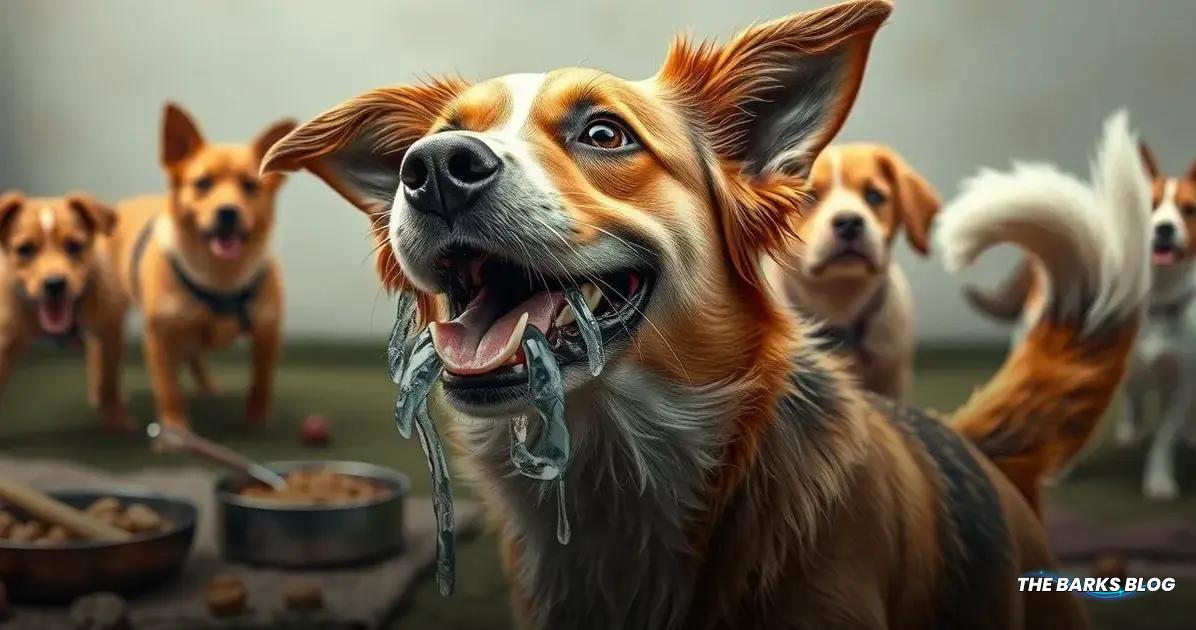
Hypersalivation in Dogs
Hypersalivation, also known as ptyalism, refers to the condition where a dog produces more saliva than normal. While drooling is a typical behavior in many dogs, hypersalivation can indicate an underlying health issue that requires attention.
Excessive drooling can happen for various reasons, including excitement, anticipation of food, or even certain smells. However, when drooling becomes excessive and is accompanied by other concerning symptoms, it may be a sign of a more serious problem.
Common Symptoms Associated with Hypersalivation
In addition to excessive drooling, hypersalivation may present with other symptoms that can help identify the underlying cause:
- Bad Breath: Foul-smelling breath can indicate dental issues or other health problems.
- Swelling or Redness in the Mouth: Inflammation may suggest an injury or infection.
- Difficulty Eating or Reluctance to Eat or Drink: If your dog is hesitant to eat or drink, it could be due to pain or discomfort.
- Vomiting or Retching: These symptoms may point to gastrointestinal issues.
- Lethargy or Behavioral Changes: A noticeable change in energy levels or behavior can indicate an underlying health concern.
If you notice your dog exhibiting signs of hypersalivation along with any of these symptoms, it’s crucial to seek veterinary care. Early intervention can help diagnose and treat the root cause, ensuring your dog’s health and comfort.
Understanding hypersalivation in dogs allows pet owners to recognize when drooling is more than just a harmless quirk and to take appropriate action when necessary.

What to Do if Your Dog is Drooling
If you’re concerned about your dog’s drooling, it’s important to take a proactive approach. Here are steps you can take to address excessive drooling and ensure your pet’s health:
1. Assess the Situation
First, observe your dog for any other symptoms that may accompany the drooling, such as lethargy, vomiting, or difficulty eating. Take note of when the drooling occurs—does it happen during excitement, after eating, or at random times?
2. Consult Your Veterinarian
If your dog’s drooling seems excessive or is accompanied by concerning symptoms, consult your veterinarian. They can assess your dog’s health and determine if there is an underlying issue that needs to be addressed.
3. Diagnosis and Treatment Options
Your veterinarian may recommend various diagnostic tests to identify the cause of the excessive drooling. Treatment options may include:
- Dental Issues: If dental problems are identified, treatment may involve professional cleaning or addressing any diseases affecting your dog’s teeth and gums.
- Gastrointestinal Problems: If your dog has gastrointestinal issues, your vet may suggest dietary changes or medications to help manage the condition.
- Infections or Allergies: Antibiotics, antihistamines, or other medications may be prescribed to treat infections or allergic reactions.
- Foreign Objects or Injuries: If a foreign object is found in your dog’s mouth, your vet may need to remove it, or they may treat any injuries causing discomfort.
- Heatstroke or Toxin Ingestion: Immediate medical attention may be required if your dog is suffering from heatstroke or has ingested toxic substances.
4. Monitor Your Dog’s Health
After treatment, keep an eye on your dog’s health. Regular check-ups can help catch any potential issues early and ensure your furry friend remains healthy.
5. Practice Good Oral Hygiene
Maintaining your dog’s oral health can help prevent drooling related to dental issues. Brush your dog’s teeth regularly and provide dental chews to support oral hygiene.
6. Provide Comfort and Care
If your dog is drooling due to anxiety or stress, provide a calm environment. Consider using calming aids or discussing anxiety management strategies with your vet.
By taking these steps, you can help manage your dog’s drooling and ensure their overall health and well-being. Remember, prompt veterinary care can make a significant difference in your dog’s comfort and happiness.
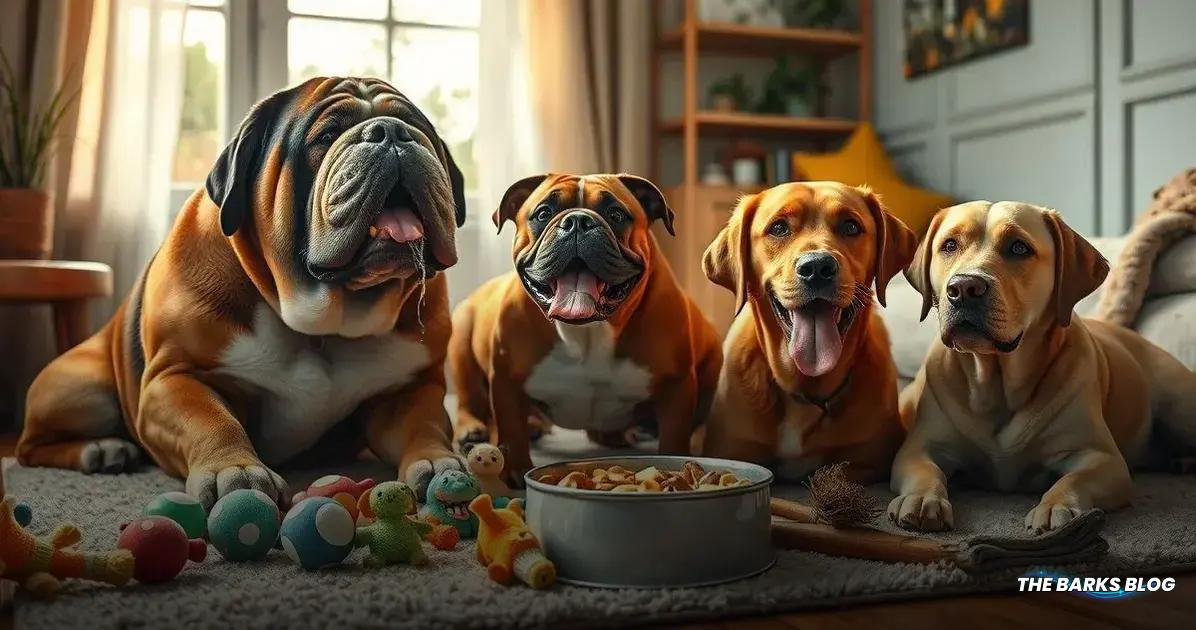
Home Remedies for Dog Drooling
If you own a drooling dog, especially a breed predisposed to excessive drooling, there are several home remedies you can implement to help manage the situation. Here are some practical tips:
1. Practice At-Home Dental Care
Maintaining your dog’s oral hygiene is crucial for their overall health. Regularly brushing your dog’s teeth can help reduce bacteria buildup and prevent dental issues that may lead to drooling. Consider using dog-specific toothpaste and brushes for effective cleaning.
2. Feed Smaller, More Frequent Meals
If your dog’s drooling is related to gastrointestinal issues, try feeding smaller, more frequent meals instead of one or two large ones. This approach can help manage their digestive health and reduce the likelihood of drooling.
3. Consider Calming Aids
If anxiety triggers your dog’s drooling, consider using calming aids. There are various supplements and products available designed to help reduce anxiety in dogs. Discuss options with your veterinarian to find the best solution for your pet.
4. Dog-Proof Your Home
Ensure your home is safe for your curious pup by dog-proofing it. Keep harmful substances, such as cleaning agents and toxic plants, out of reach. Lock away trash cans to prevent your dog from rummaging through them, which can lead to accidental ingestion of harmful items.
5. Keep Dogs Cool and Hydrated
Always provide your dog with access to clean, fresh water and ensure they have shade when outside, especially in hot weather. Keeping your dog cool and hydrated is essential to prevent heatstroke, which can cause excessive drooling.
6. Provide Training and Socialization
Proper training and socialization can help reduce stress in dogs. A well-socialized dog is less likely to experience anxiety, which can trigger excessive drooling. Training can also help them cope better with stressful situations.
7. Avoid Triggers
Identify and avoid situations that trigger your dog’s drooling. For example, if car rides lead to nausea, consider short trips to acclimate your dog or consult your vet for anti-nausea medications.
By implementing these home remedies, you can help manage your dog’s drooling and ensure their comfort and well-being. Remember, while some drooling is normal, excessive drooling should always be evaluated by a veterinarian to rule out any underlying health issues.
Conclusion
Understanding why dogs drool and knowing how to manage it can significantly enhance your experience as a pet owner. While drooling is a natural behavior in many dogs, excessive drooling or hypersalivation can be indicative of underlying health issues that require attention.
By recognizing the common causes of drooling and implementing effective home remedies, you can help ensure your furry friend remains comfortable and healthy.
If you notice signs of excessive drooling accompanied by other concerning symptoms, it is crucial to consult your veterinarian. Early intervention can lead to timely diagnoses and treatments, ensuring your dog’s well-being.
Remember, a little drool is just part of the charm of having a dog, and with the right care, you can manage it effectively while enjoying the unique bond you share with your beloved pet.
FAQ – Frequently Asked Questions about Dog Drooling
What is considered normal drooling in dogs?
Normal drooling in dogs can occur when they anticipate food, during excitement, or in response to certain smells. A small amount of drooling is typical.
When should I be concerned about my dog’s drooling?
You should be concerned if your dog’s drooling is excessive or accompanied by other symptoms such as lethargy, vomiting, difficulty eating, or bad breath.
What are some common causes of excessive drooling in dogs?
Common causes include excitement, nausea, dental issues, injuries, and certain breeds predisposed to drooling.
How can I help reduce my dog’s drooling at home?
You can practice good dental care, feed smaller meals, provide calming aids, and ensure your dog stays cool and hydrated.
Is drooling a sign of a serious health issue?
Excessive drooling can be a sign of underlying health issues, such as dental problems, gastrointestinal disorders, or infections, so it’s important to consult a veterinarian.
Can certain dog breeds drool more than others?
Yes, certain breeds like Saint Bernards, Mastiffs, and Bloodhounds are known for their excessive drooling due to their anatomical features.


